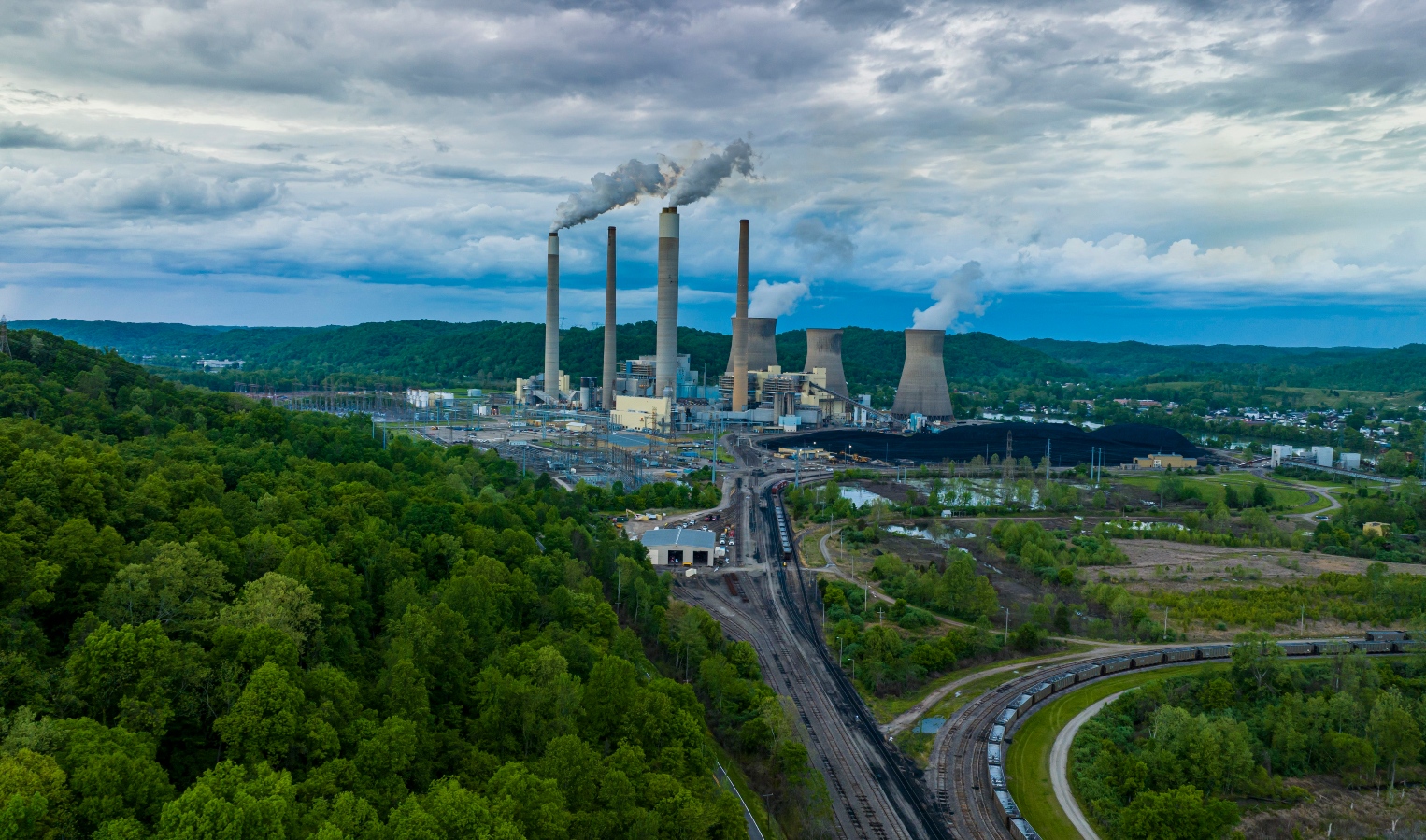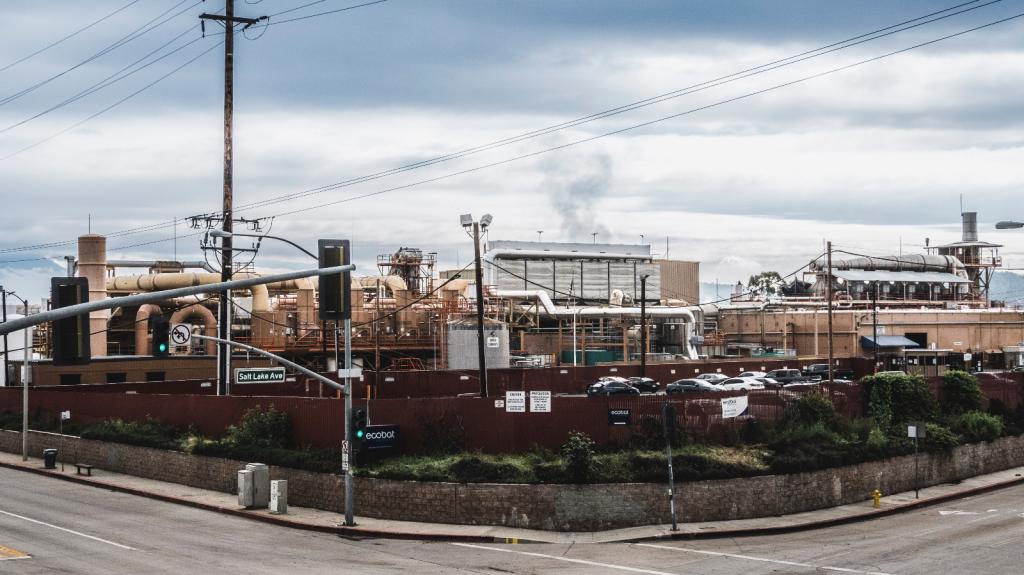The Environmental Protection Agency released the final version of a much-anticipated rule on Wednesday that tightens restrictions on fine particulate matter — one of the most pervasive and dangerous forms of air pollution. This is the EPA’s first update to its particulate matter standard in more than a decade, and the agency said it expects the new rule to save thousands of American lives every year.
Fine particulate matter, or PM2.5, is a category of tiny airborne particles produced by power plants, forest fires, and industrial factories, among other sources. The minuscule bits of matter are roughly 30 times smaller than the width of a human hair and can lodge deep inside human lungs. PM2.5, often referred to as soot, is linked to serious health problems, such as asthma, lung and heart disease, and respiratory symptoms. One in 3 Americans breathes unhealthy air, and studies have shown that low-income and minority communities across the country, historically clustered near power plants and other industrial infrastructure, bear the brunt of these health effects.
The Biden administration said the new rule — which ratchets down the existing annual fine particulate matter standard from 12 micrograms of matter per cubic meter of air to 9 micrograms — will prevent an estimated 4,500 premature deaths every year and ultimately yield $46 billion in net health benefits annually.
The EPA plans to take samples of air across the country starting this year through 2026 to ensure states are compliant with the new rule. It will also tweak its air monitoring network to better capture the air pollution risks that communities living near industrial infrastructure face. Then, states will have to develop plans to meet the EPA’s new requirements within 18 months.
“This final air quality standard will save lives and make all people healthier, especially within America’s most vulnerable and overburdened communities,” said EPA Administrator Michael Regan.
The EPA’s announcement on Wednesday was met with immediate pushback from business groups, who challenged the new rule on the grounds that it will raise costs for power plants and factories, and lead to layoffs in the manufacturing sector. Mike Ireland, president of the Portland Cement Association, told the New York Times that the rule “would lead to fewer hours of operation at plants, which would mean layoffs, as well as less American cement and concrete at a time when the country needs more.” The Portland Cement Association and other industry groups will likely try to challenge the standard in court.
The EPA estimates some 59 counties across the United States — less than 2 percent of the nation’s counties — may be out of compliance with the new standards. The U.S. Chamber of Commerce, an industry lobby group that opposes the new rule, puts the percentage of noncompliant counties at 18 percent. States that don’t meet the new standards will start paying penalties by 2032.
Some congressional lawmakers were also critical of the tighter restrictions. Senator Bill Cassidy, a Republican from Louisiana, said the rule “incentivizes manufacturing to move their jobs to China away from Louisiana,” and called on Congress to “step in” to prevent the standard from taking effect.
Other groups, meanwhile, argue the rule could have gone further, limiting fine particulate matter to 8 micrograms per cubic meter — the number initially proposed by the EPA’s own Clean Air Scientific Advisory Committee. “While the stronger annual particle pollution standard will mean fewer asthma attacks, heart attacks, strokes, and deaths,” the American Lung Association said in a statement, “it is disappointing that EPA did not follow the strong science-based recommendations of the Clean Air Scientific Advisory Committee.” Studies have shown that virtually no amount of particulate matter is safe for humans.



